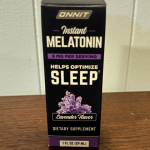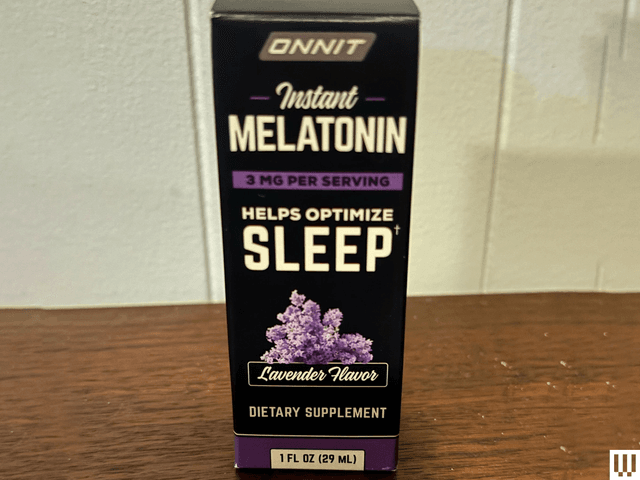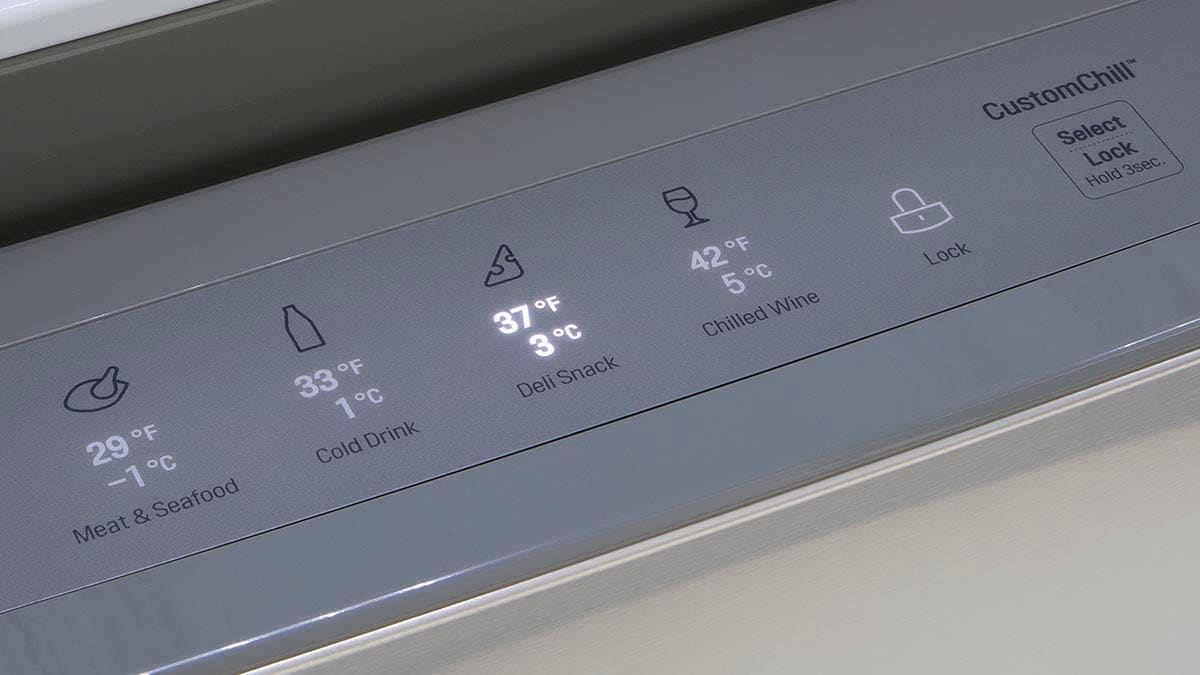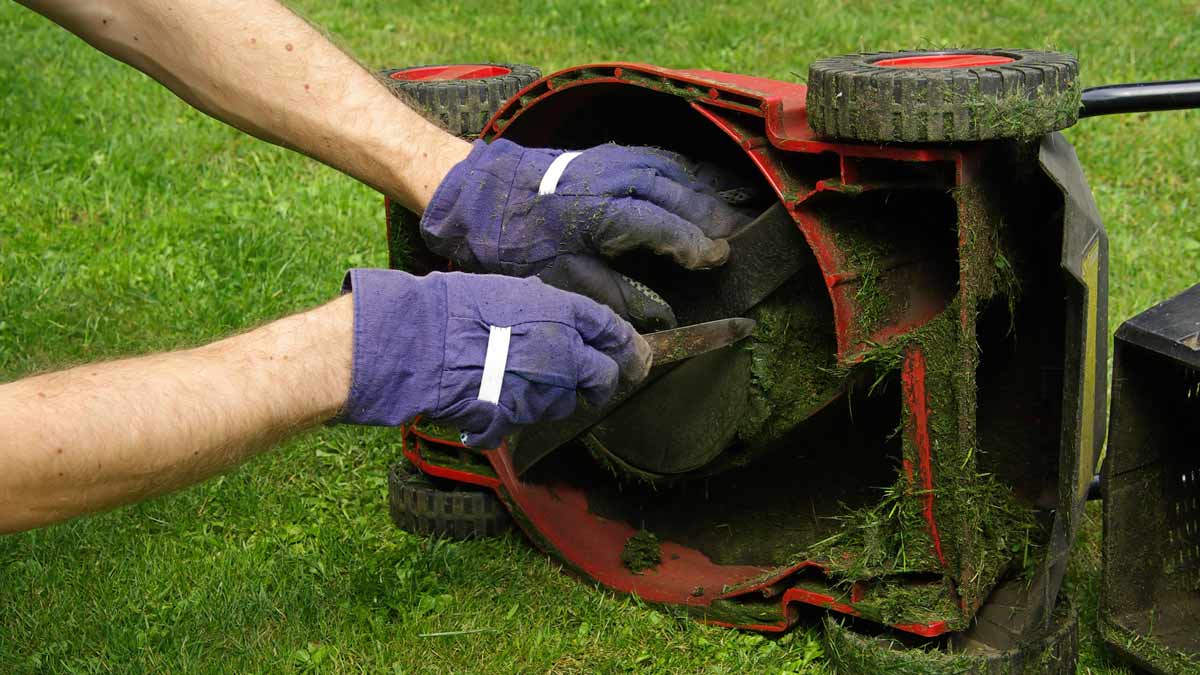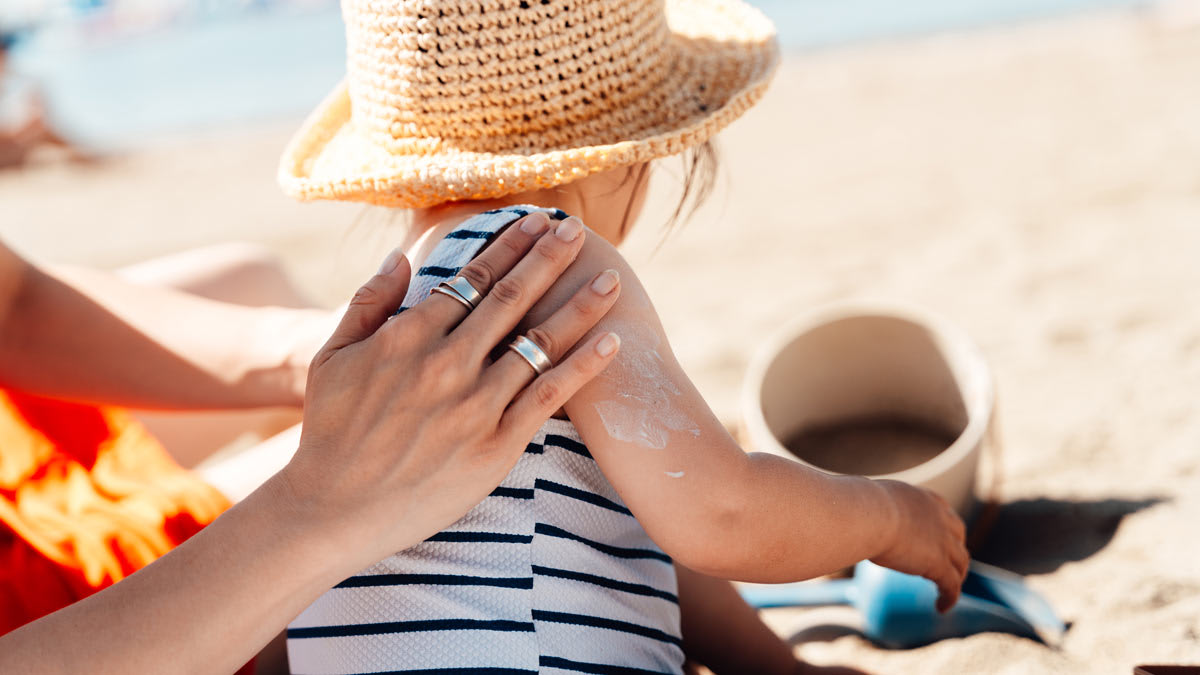
As a parent, you make dozens of decisions every day with your child’s best interests in mind. Use our tips below for safer sun protection. Remember that the best sunscreen choice is the one that results in your child wearing sunscreen. Period. From there, when it comes time to buy your next bottle, take our advice into consideration to make your next choice safer, more sustainable, and more effective.
Choose a broad-spectrum sunscreen with a minimum of SPF 30. SPF 30 is the minimum acceptable level of protection recommended by the American Academy of Dermatology, as well as doctors Antaya and Silverberg.
SPF measurements reflect how well the active ingredients protect against UVB rays, so you can think of SPF as a benchmark for how long it might take your skin to get sunburned wearing sunscreen in comparison to how long it might take without wearing sunscreen. Choose a sunscreen labeled “broad-spectrum” to get UVA coverage, too.
CR testing has found that many sunscreens—both mineral and chemical—fall short of their declared SPF protection, and some do a better job at shielding your skin from UVA rays than others. This is especially true for mineral sunscreens. What does that mean for you and your child? The number on the bottle doesn’t provide the full picture, and you might not be getting the protection you think you are. Though not a guarantee, choosing a higher SPF is one way to potentially safeguard against this uncertainty because even if a sunscreen falls short of its declared SPF, it may still land at a more protective level. Another way is to choose one of our picks listed above or consult CR’s sunscreen ratings.
Cover up. “Sunscreens are only part of using proper sun sense,” Antaya says. Find other ways to shield your skin, like wearing protective clothing and wide-brimmed hats. While UPF-rated clothing (like Antaya’s favorite, swim shirts, or Silverberg’s favorite, matching family UPF clothing) can be a great solution for high sun days, a dark-colored, tightly woven knit may do the job for lower UV index days. If you’re not sure, hold up the clothing to the light and skip any apparel you can see through. Note that some UPF clothing can contain undisclosed chemical coatings that can degrade over time, so look for uncoated options or options that disclose the ingredients.
Take extra care with infants. Silverberg says “sun protection begins at birth.” According to Antaya, because infants under age 1 don’t yet have completely developed melanin, they burn more easily, and he therefore recommends avoiding direct exposure to sunlight. This is especially important for children under 6 months old, the age when the American Academy of Dermatology says babies can regularly start to wear sunscreen.
This means plan A should always be covering up, prioritizing shade, or staying inside during peak sun hours. But in situations where that’s just not possible and sun exposure can’t be avoided, the American Academy of Dermatology, the American Academy of Pediatrics, and some dermatologists say it’s okay to use sunscreen on babies younger than 6 months. Using sunscreen to protect exposed skin is preferable to sunburn, which can be very serious in infants. Silverberg supports this approach with mineral sunscreen on small areas. After 6 months of age, sunscreen should be a regular go-to alongside other measures for everyday sun protection.
Look beyond the children’s sunscreen section. According to Antaya, it’s not necessary to use sunscreen specifically for kids or infants. “Many sunscreens have the exact same ingredients, whether they are for the general population or labeled for infants or children,” he says. Kids’ sunscreens aren’t more effective and don’t necessarily contain ingredients with fewer concerns.
Consider your day. The intensity of the sun, known as the UV index, plays an important role in how much protection you’ll need. Silverberg suggests that parents check a weather app for the day’s UV index as a first step in planning for sun protection.
A lower SPF might be okay for days with a low or moderate UV rating (1-5) spent mostly in the shade, whereas a higher SPF is needed for days spent in the sun, even on low or moderate days. Silverberg recommends SPF 30 on days with a UV index of 2-3 and SPF 45 for anything higher.
Evaluate various factors to choose UV-protecting active ingredients. The story with UV protectants is convoluted, as performance may be at odds with some health and environmental concerns, and more research is needed on many active ingredients. (For more information, see How to Choose Kids’ Sunscreen Without Harmful Chemicals, above.) Weigh your SPF needs, your family’s lifestyle and activities, the day’s UV index, health concerns, and environmental implications to choose the active ingredients that are appropriate.
Consider keeping both mineral and chemical sunscreens in your toolkit. If you’re concerned about using chemical sunscreen but you want to make sure you’re protecting your child’s skin as much as possible, you can try a hybrid approach. Choose a mineral sunscreen as an everyday, sustainable choice. Think: daily protection going to and from school, on low UV days, and days spent mostly in the shade. Consider turning to chemical sunscreens when high SPF protection is needed most. Think: high-intensity activities like sports or days spent primarily in the sun, especially on days with a UV index of High or above. Having both options in your arsenal allows you to easily flex as needed.
Stick to lotions until children are old enough to avoid inhalation. We can’t deny the convenience of sprays, but given the potential risks of inhalation, it’s best to avoid them if you can. Plus, Silverberg says it’s harder to get full protection with sprays because it’s more difficult to know how much you’re applying, and the spray can blow away during application. If avoiding sprays isn’t possible, spray the sunscreen into your hands away from your child, and then apply it to their skin. Never spray sunscreen into the face, at any age.
Avoid unnecessary inactive ingredients. Inactive ingredients make up the bulk of sunscreen formulas and have their own associated concerns. Avoid ingredients like PFAS, parabens, ethoxylated ingredients, fragrance, and formaldehyde releasers by following our tips in the section above, How to Choose Kids’ Sunscreens Without Harmful Chemicals.
Be wary of “reef safe” claims. Reef safe claims are unregulated and typically refer to products that don’t contain oxybenzone or octinoxate, two ingredients banned in Hawaii and some countries for their harm to coral reefs. But other ingredients in sunscreen are known or suspected to be associated with toxicity to aquatic life, so these claims tell only part of the story.
Think about packaging. No sunscreen packaging is perfect in terms of sustainability. Plastic sunscreen tubes are recyclable in many areas but usually must be separated from the cap, cut open, and then rinsed. Spray cans are either aerosols or called bag-on-valve, which don’t use aerosol propellants. Recycling both aerosols and bag-on-valve is hit or miss, depending on your city’s guidelines. If you can recycle a spray can in your area, cans can be a better option because aluminum, though imperfect, is infinitely recyclable and easier to recycle than plastic.
Apply in advance. Put sunscreen on at least 15 minutes before you’re exposed to the sun. Antaya recommends applying sunscreen before you leave the house because children will be more eager to go play once you reach your destination, making it less likely that enough sunscreen will be applied.
Get creative with wiggly kids. Try applying sunscreen with a foundation brush or beauty blender, a viral hack many parents swear by. They allow for precision application with one hand. (Just make sure you use enough.) Other parent-tested tips for getting kids to wear sunscreen include singing a song while applying sunscreen (a Hokey Pokey remix, perhaps?), giving them choices (they get to rub it into their arms while you apply to legs, face, and ears, for example), or making it a guessing game (“Guess where I’m going to put sunscreen next? Here’s a hint.”). Finally, don’t forget about other sun protection measures that reduce the amount of sunscreen you need to apply on wiggly kids.
Use enough sunscreen. Most people skimp on the sunscreen. One ounce, about the amount to fill a shot glass, is recommended by the American Academy of Dermatology as a starting point for most adults when wearing a swimsuit. While the AAD doesn’t have a recommendation for children, you can consider an ounce as a starting point for your child, too. Or you can use the recommendation of 1 teaspoon per exposed body part for adults as another benchmark. Remember: You probably need more than you think you do.
Rub it in! Even if the sunscreen directions don’t specifically say so, rub it in. This includes sprays, too.
Don’t forget overlooked areas. These include the lips, hands, upper back, ears, scalp (don’t forget the part), back of the neck, and the tops of the feet. Eyelids can burn, too, but avoid putting sunscreen near the eyes. Go for a wide-brimmed hat or UV-rated sunglasses instead.
Reapply at least every 2 hours, and after swimming or sweating. Regardless of the UV index, sunscreen should be reapplied every 2 hours for maximum effectiveness, and as the UV index climbs, so should your diligence about reapplying. Sunscreen rubs off, and some begin to degrade as soon as you apply them. “The biggest mistake I see is that people forget to reapply sunscreens when outside,” Antaya says. Always reapply immediately after swimming or sweating, too, because sunscreen can rub or wash away.
Get children involved. To build good lifelong habits, engage your kids in applying sunscreen. Silverberg recommends sharing a tube of mineral sunscreen for the whole family and applying it together to model good sunscreen usage. For younger children, have them help rub in sunscreen (check their work!). Older children can practice putting on their own nonspray sunscreen with your supervision and help. Teenagers can take the lead on sunscreen application with your watchful eye, spotting missed areas. No matter how old your child is, talk about the importance of staying safe in the sun and incorporate sun protection into your everyday life. As Silverberg says, “The family that sun protects together avoids skin cancer together.”
